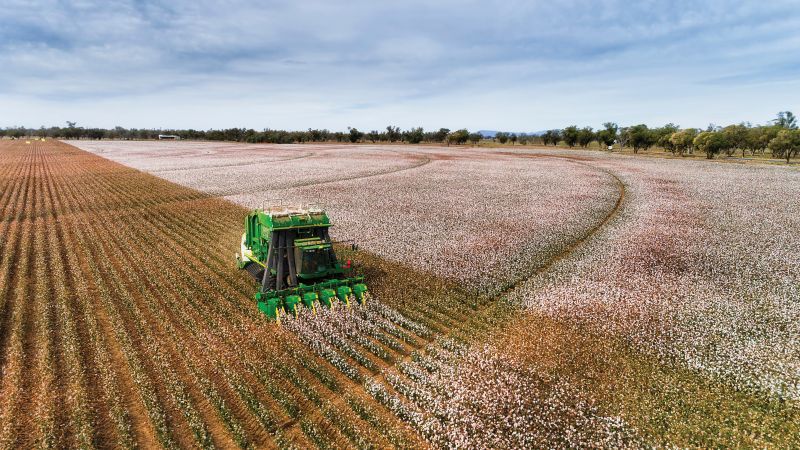A History of Research Funding
Cotton Incorporated has a history of improving the profitability of cotton production by supporting diverse agricultural research from cotton entomology and agronomy, to biotechnology and genetics.
Research advancements from both Core and State Support funds continue to deliver true benefits to U.S. growers and our industry in general.
At the National Cotton Council’s 2009 Beltwide Cotton Conferences, Drs. Alois Bell, A. Forest Robinson and David Stelly received the 2008 Cotton Genetics Award for jointly transferring reniform nematode resistance from a wild African cotton species to Upland cotton, locating DNA markers near the resistance gene.
It’s estimated that annual U.S. grower losses from this nematode exceed $100 million. Stelly’s doctorial graduate student Nilesh Dighe utilized DNA markers, maps and internet resources that Cotton Incorporated has helped develop over the last five years.
Cotton Incorporated funding has also allowed interspecific or “wide crossing” research since the early 90s. Stelly’s efforts and the efforts of these other cooperating researchers made it possible for public and commercial cotton breeders to use reniform nematode resistance genes in practical breeding programs.
Thanks to your investment in and support of Cotton Incorporated; efforts like this will continue moving cotton advancements forward.








